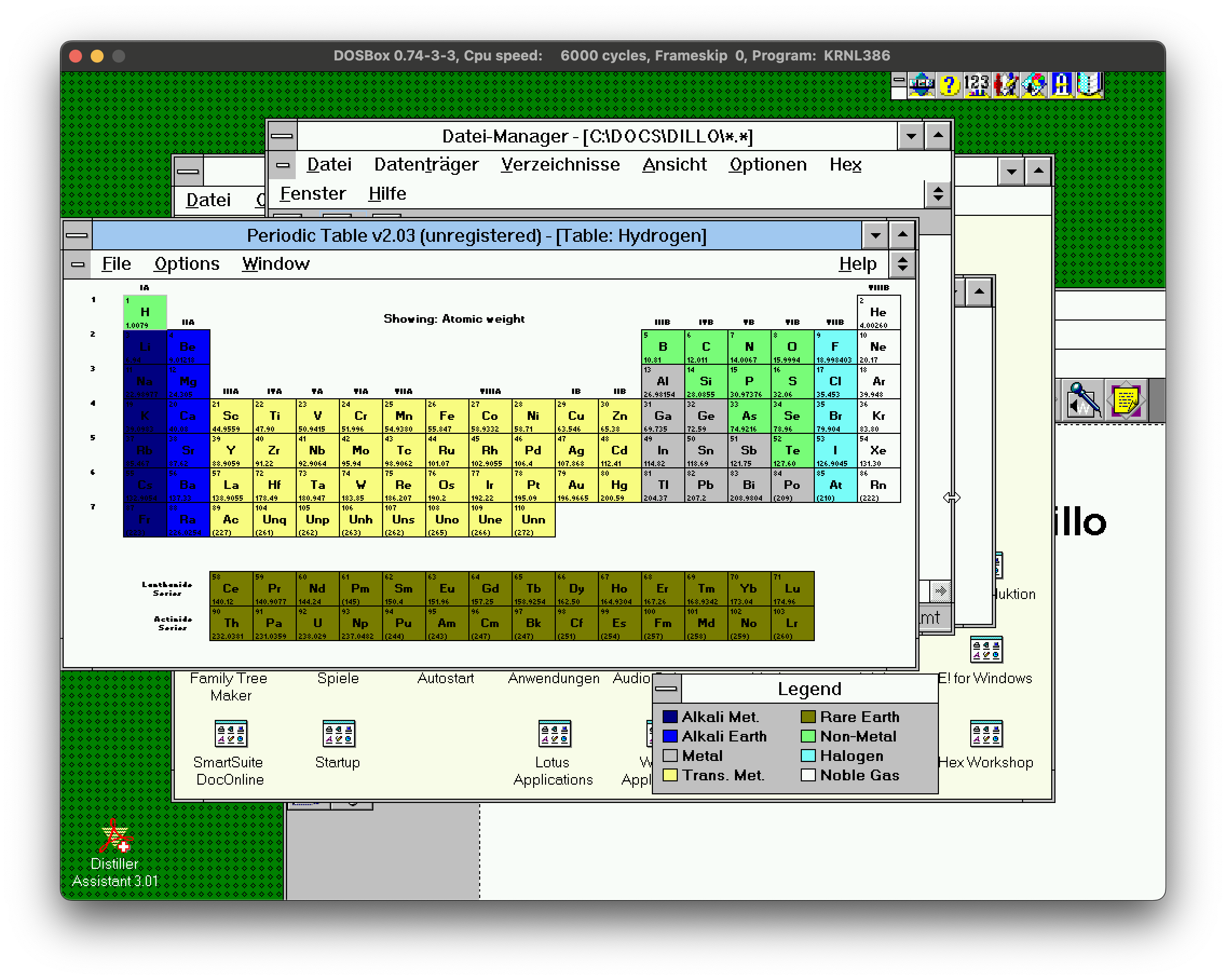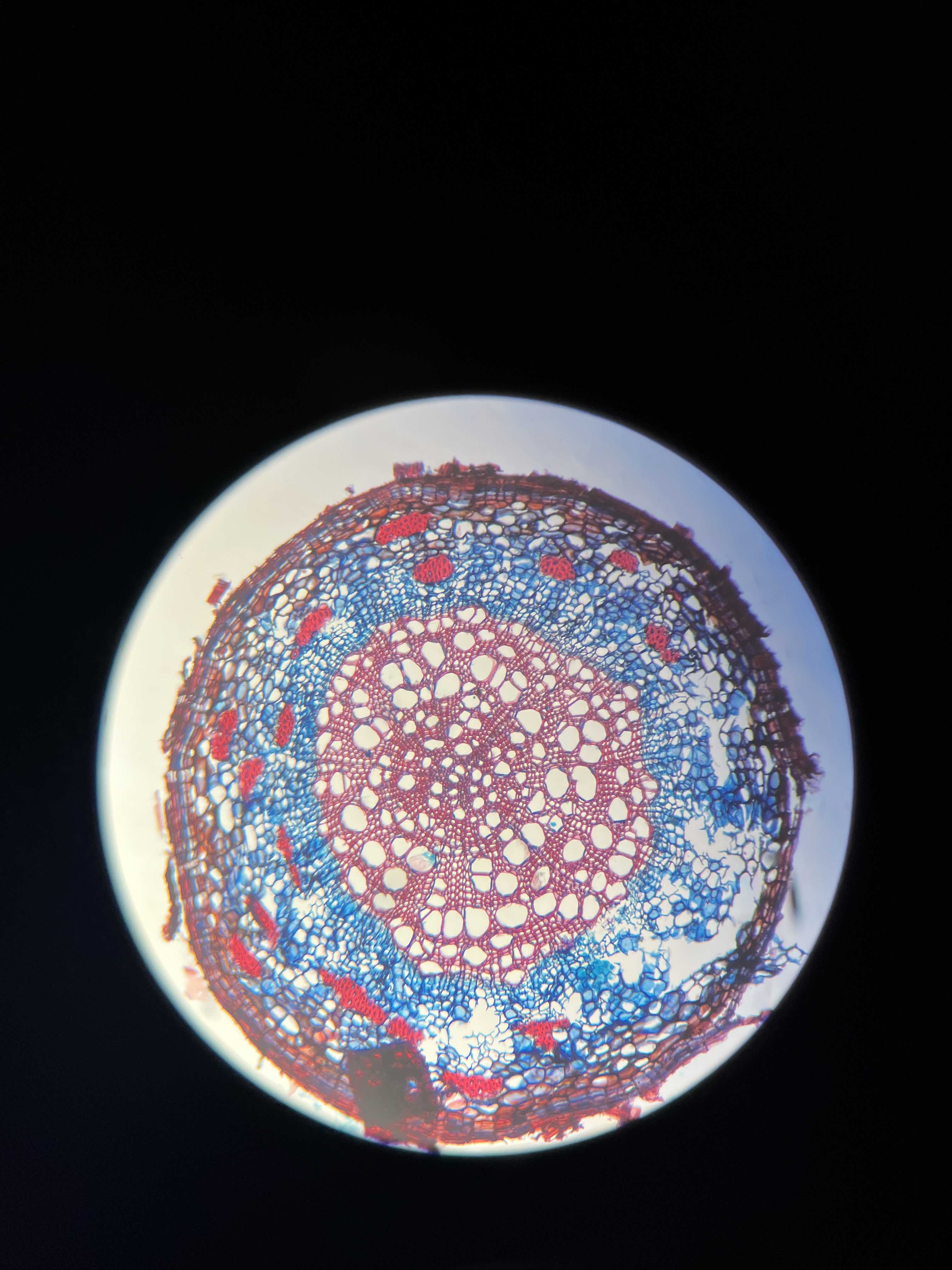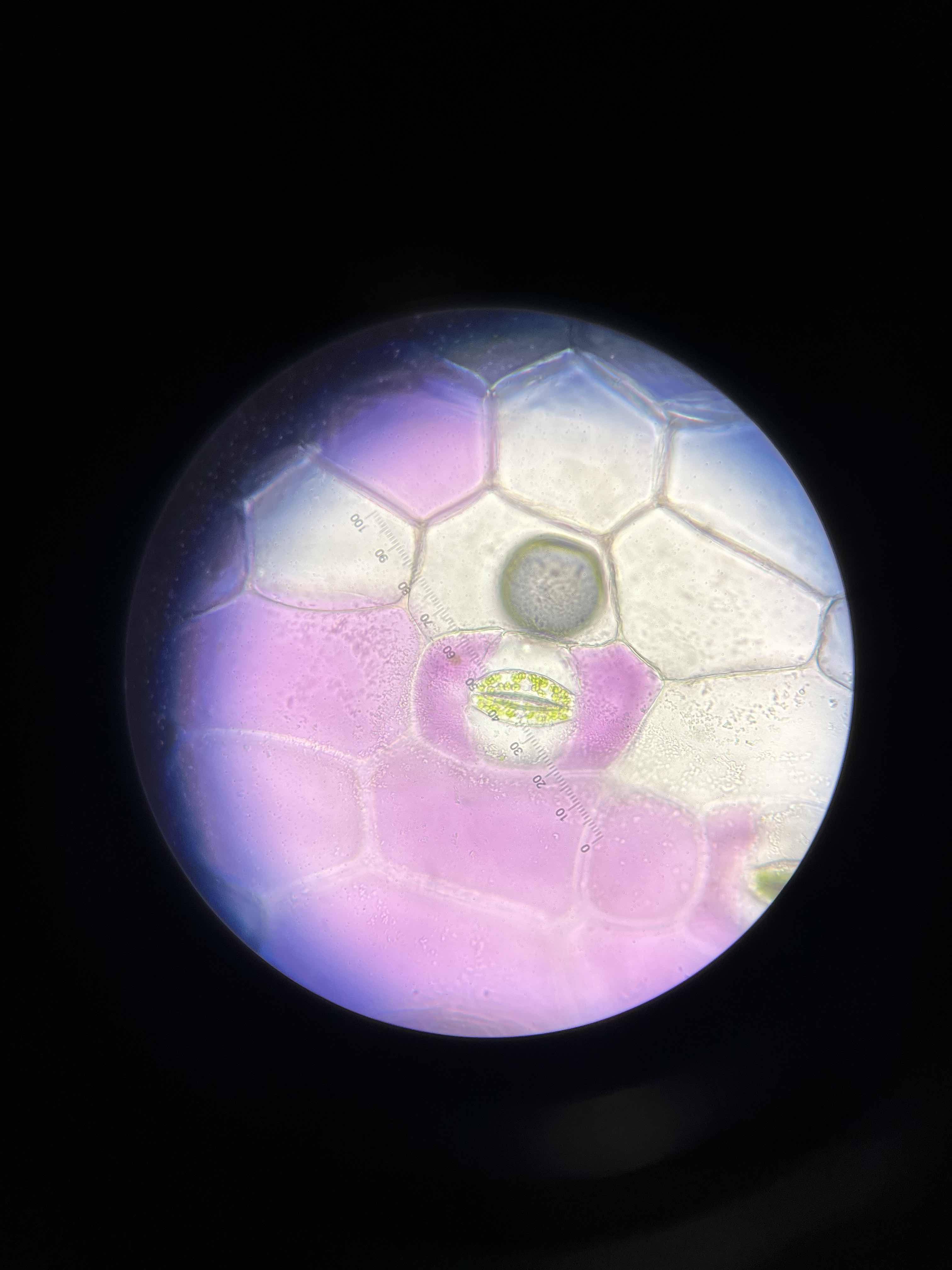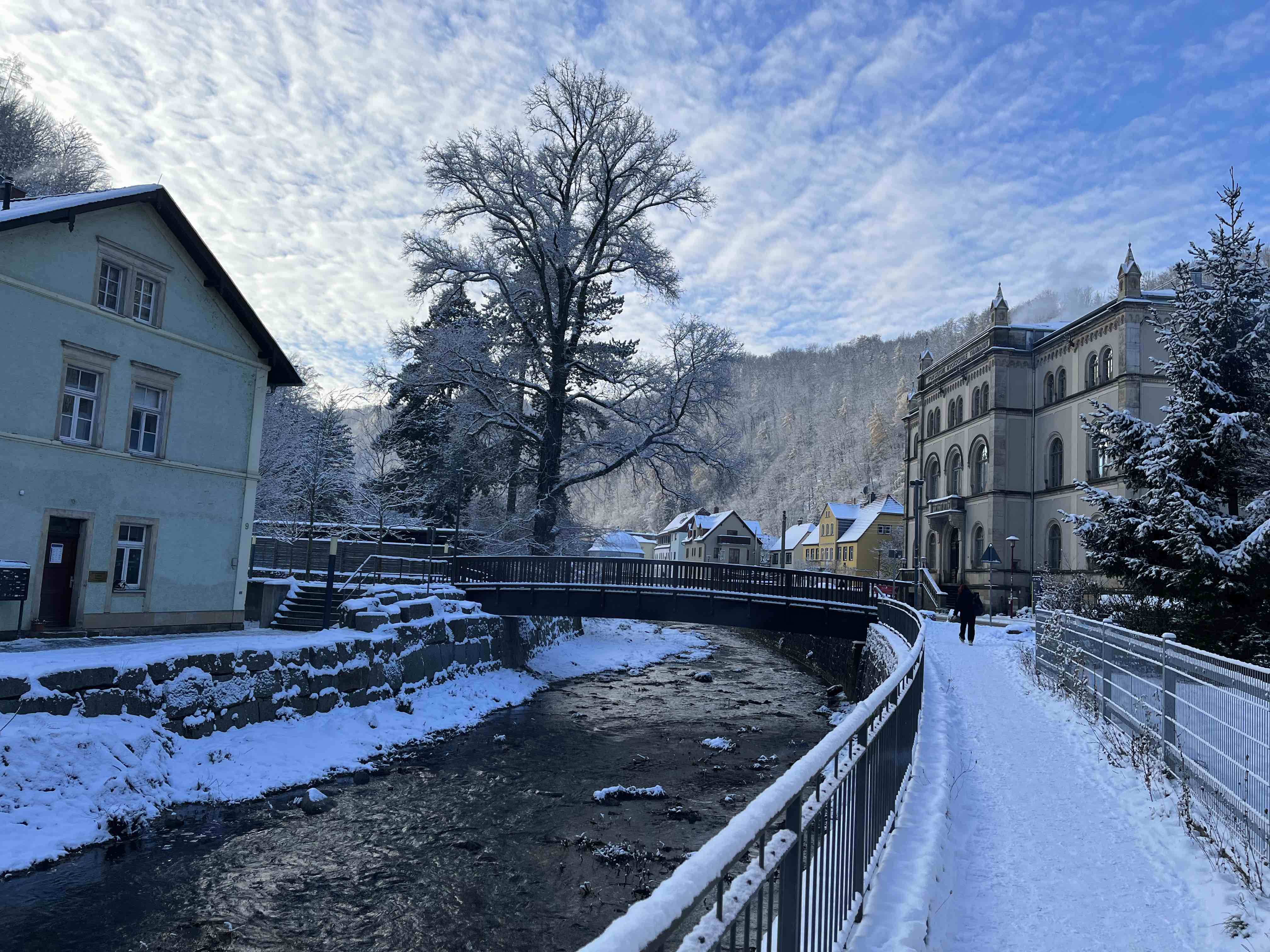 Home
Blog
Knowledge
About
Home
Blog
Knowledge
About
Welcome to this new section of my blog - the yearly review. In this (hopefully) yearly posted thing I shall remember some key events and insights of the past year and share it with anybody who reads it (which will be so little people, you wouldn’t believe :D)! So let’s dive right in.
Earlier this year I implemented the algorithm presented within the paper Efficient generation of simple polygons for characterizing the shape of a set of points in the plane by Matt Duckham et. al. for a use case at work. What we needed was an algorithm that allows the “merging” of mutiple polygons and finding the closest shape around the resulting points. Normally this can be done quite easily using the convex hull algorithms that many geographical libraries include (for example DbGeometry.ConvexHull in .NET). The convex hull, however, does not describe the characteristic form of a set of points, as the paper describes. That is why we decided to implement the proposed algorithm.
This was actually the first time I had to implement an algorithm from scratch - which goes to show how much “math” really is needed in normal day-to-day business application development - , and because of the help of our great team I managed to implement the algorithm even in a timely manner :D. It was a great time figuring a complex mathematical problem out and implementing it together with the team. We did the implementation in C# for .NET WebAPIs - I shall try to talk to my collegues the coming year if we want to open-source this algorithm implementation :)
Actually already starting at the end of 2022, I made a complete switch on all my (production) personal computers to Linux or MacOS. After quite some experimenting and consideration I chose OpenSUSE Tumbleweed as my operating system of choice and I didn’t regret that choice yet. It is running smoothly for more than one year on my “main” tower PC, working just fine even for gaming using Steams Proton environment with my GTX 1060. The server this is running on is using OpenSUSE as well.
Because of the costs and privacy concerns I moved all my “servers” (which actually was always only one virtual server anyway) back to my PC at home. I am actually using an “old” Lenovo ThinkCentre PC, which I bought used for less then 200 € a few years ago. I added a new SSD for saver storage then the already used HDD that was installed before, and took care of network security within my home-network. I also extended the RAM to 8 GB, which is more than enough for my daily needs. It is running like this now for more than 3 months, up until now without any issues. In the future I might move to a tiny PC to save some more power costs.
Roughly since August of this year I am using the IDEs made by JetBrains as my main IDEs for developing Software at work. These tools are a good match for me, because we primarily use the C# ecosystem at work, and I always found a full-blown Visual Studio installation to be way to heavy for what it does. Because of this I stuck for years with Visual Studio Code - which works well for most of my needs. But the easy to use tools and code-completion of the JetBrains IDEs really sped up my development speed and are actually fun to use :D.
I developed the following “experimental” software this year (which hopefully will get to a releasable state at some point in the future):
I tried out a lot of old Software this year. I even bought and presented ArcaOS at work for an internal event, and there actually were some people there to listen to it (thanks again!). If you are interested, the presentation was about using OS/2 in 2023 and the slides can be found here. Other than that I tried the Lotus SmartSuite Tools (1-2-3, WordPro, Organizer) for the first time and really enjoyed it! The great thing is, that the “latest” SmartSuite (published around 2008) still runs on Windows 8.1 (and probably 10, too) 32-bit (which I still have on one of my old tablet PCs).
At the end of the year I created a personal, portable, installation of Dosbox with Windows 3.11 for Workgroups and a big bunch of Software for it :D Great fun and always an experience to see that most of the stuff we do daily already worked 20+ years ago. Why do we still need to pay monthly fees for Microsoft Office if basically everybody had it with much of the same features back then? It really doesn’t make any sense to me! :D

This part will still be quite small this year, as I just started in October with my studies in Forestry and I am still getting used to this new chapter :D However I can provide a little insight into what I am acutally doing there this semester.
At the very beginning of the semester we were greated and introduced to the campus and the opportunities and staff we have there. Afterwards we planted a tree together - which was actually an already a bit bigger tree of Betula pubescens - a moor birch. This species of tree is actually the “tree of the year 2023”. An old book I found about identifying trees in Winter has this to say about the birch, and then the moor birch in detail (German only, I am sorry :D).
GEMEINE BIRKE, Betula pendula/verrucosa
Der Stamm liefert ein gutes Brenn- und Naturholz; aus den Zweigen werden Besen, Reifen usw. gefertigt, aus der weißen Rinde Schachteln usw.; Birkenteeöl ist als Juchtenöl im Handel und wird zum Einschmieren von “Juchtenleder” benützt. Aus dem Saft wird Birkenhaarwasser hergestellt. Der bis 28 m hohe Baum erzeugt sehr viel Samen und braucht im Forstbetrieb nicht gepflanzt werden. Meldet Kalkböden.
"Unsere Laubbäume und Sträucher im Winter, Kurt Harz, Akademische Verlagsgesellschaft Geest & Portig K.-G., Leipzig, 1951
HAARBIRKE, Moorbirke, Betula pubescens
Oft auch Besenbirke genannt, denn die Zweige hängen weniger, sondern stehen oft wie ein “Besen” in die Luft.
"Unsere Laubbäume und Sträucher im Winter, Kurt Harz, Akademische Verlagsgesellschaft Geest & Portig K.-G., Leipzig, 1951
Actually, there is a “tree of the year” every year, and it can be found here.
As I am studying in part-time, I only have to visit three different modules this semester. These are chemistry, biological processes and knowledge of species (roughly translated, as the teaching happens in German).
For all modules we do not only have sessions where the different topics are presented to us, but we have weekly practical sessions as well. Enjoy the following images I took using a microscope there!


My modules in detail:
As promised I am looking out for opportunities to write some software in these areas. The things we learned about bio-diversity seems to be a first idea to look at, but I will have to wait until we know more about this topic to identify detailed opportunities to implement something here!
Let’s finish this chapter with a nice picture of the campus in Tharandt, right next to the so-called “Tharandter Wald” (forest Tharandt) in the beautiful region of Saxony Switzerland (“Sächsische Schweiz”). The location has a long history of teaching forestry! If you want to know more about it, please check out this article about the Royal Saxon Academy of Forestry - as it was actually formerly called :D

Some books I read this year and wish to recommend to you, too!
To all readers, thanks for stepping by! I wish you a happy new year 2024 and am excited to see what comes next!
Until then, cheers,
Basti